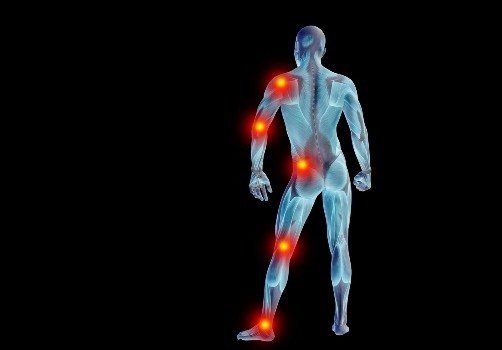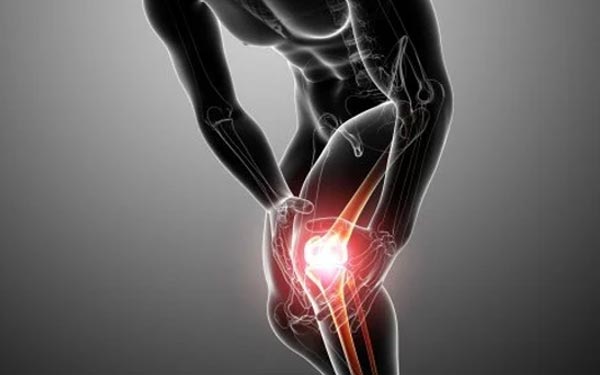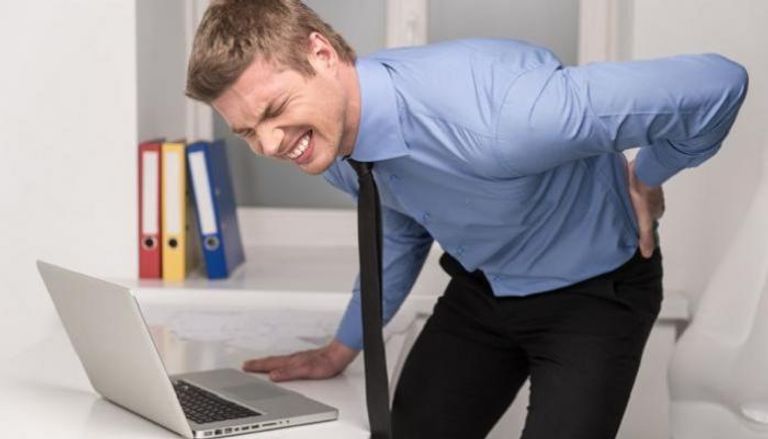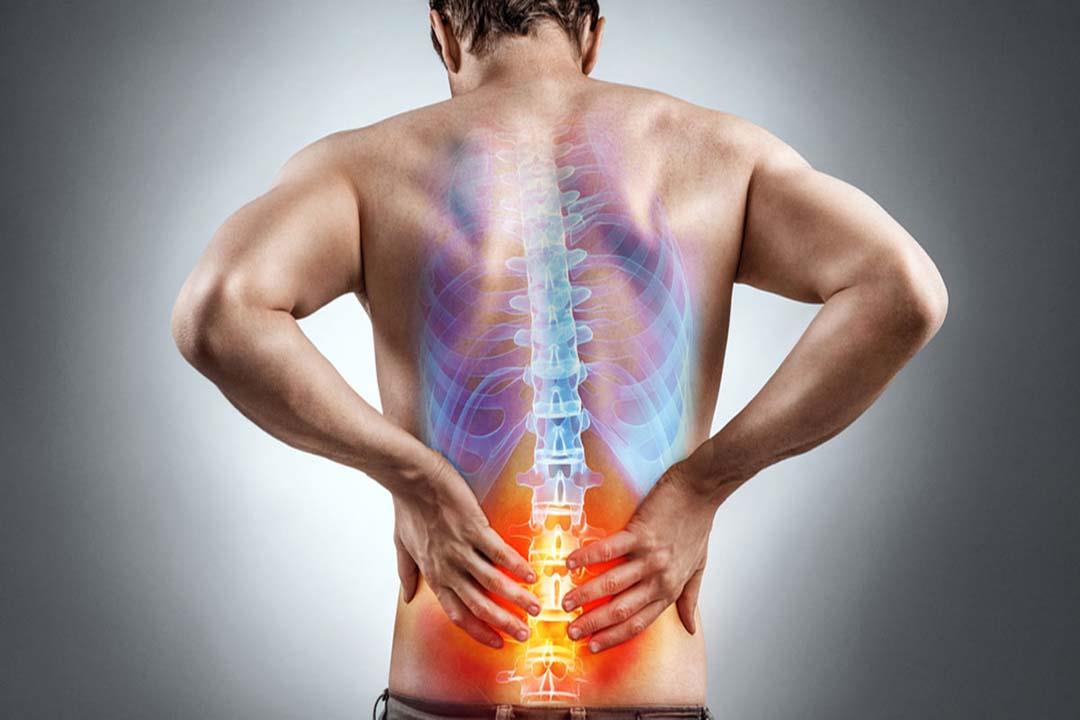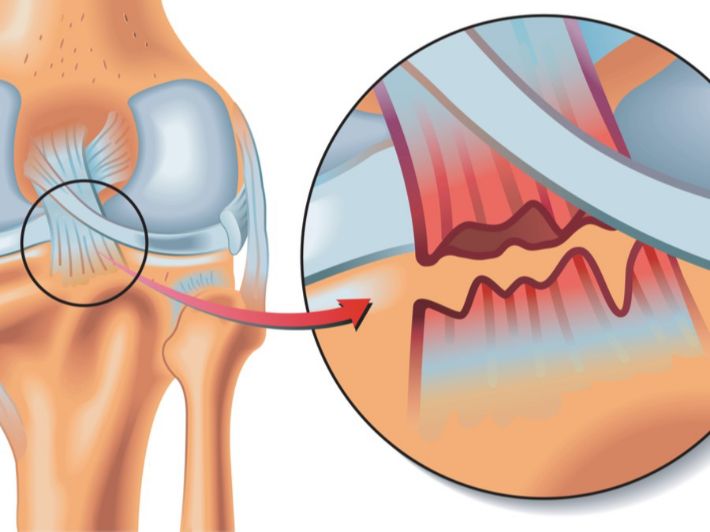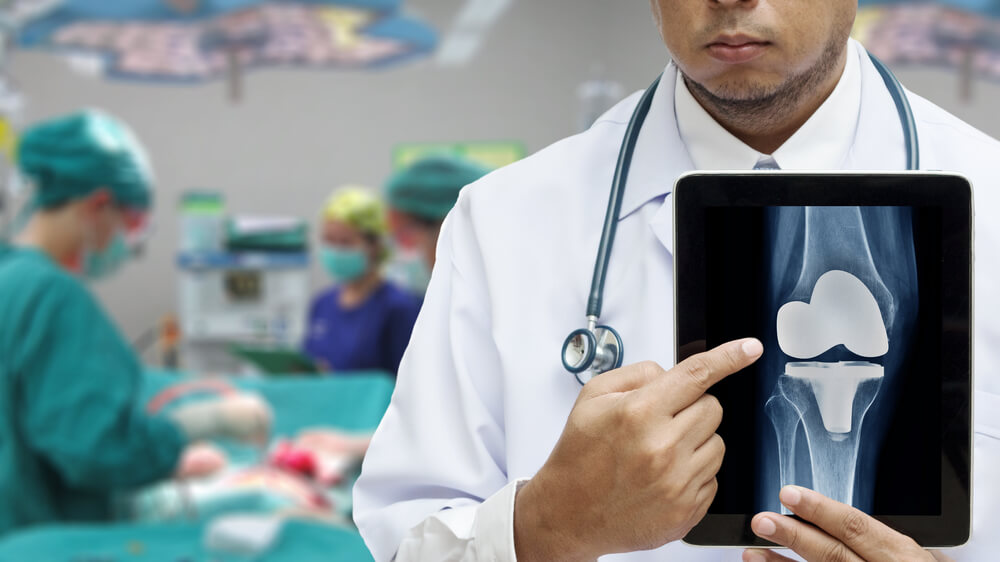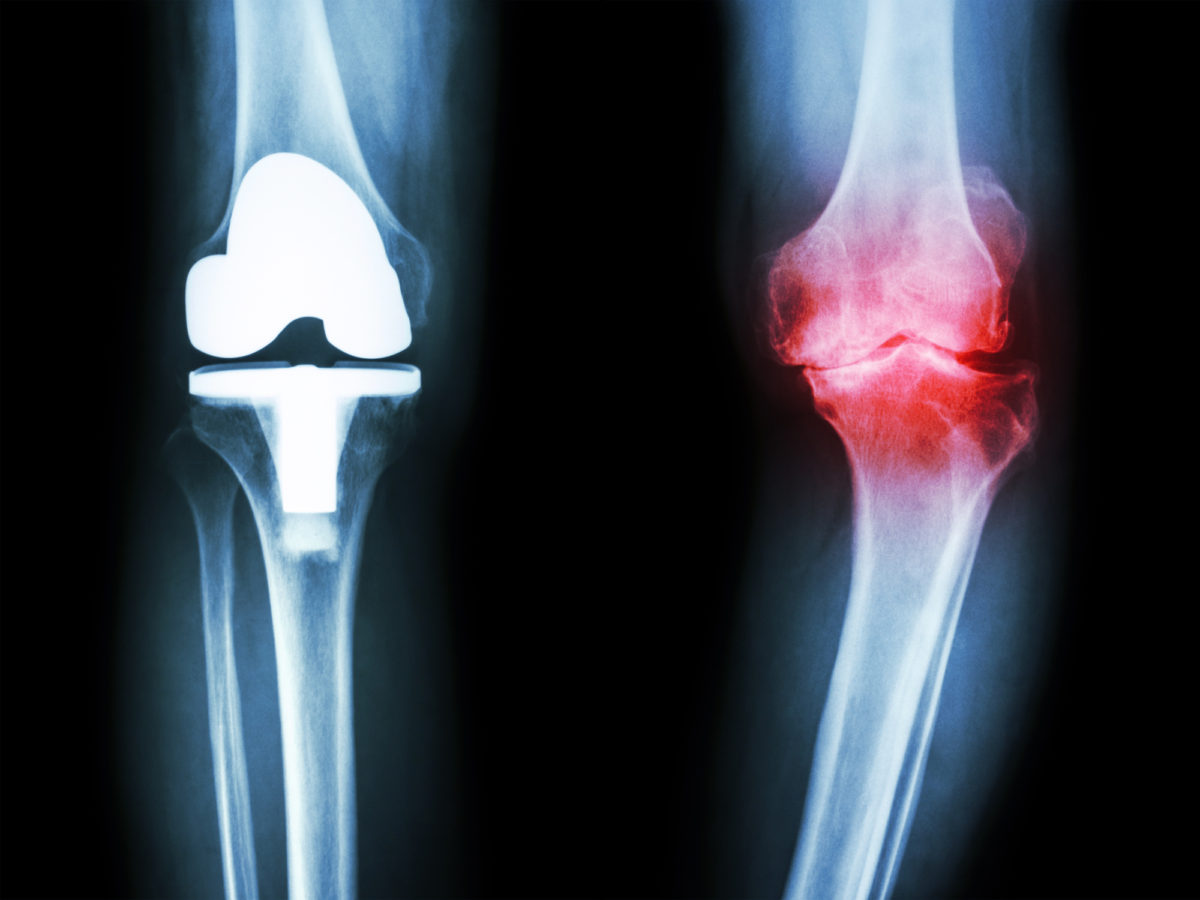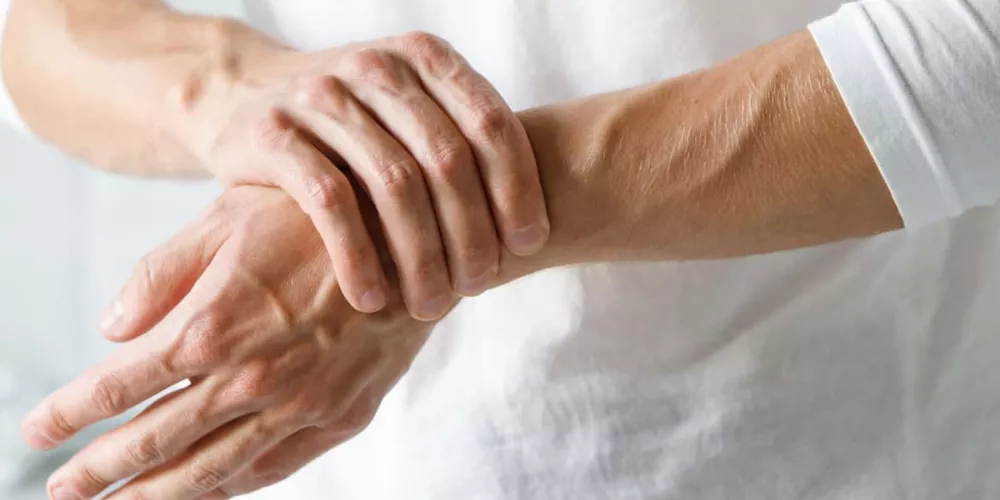What is the cost of the procedure for plates and screws, and what types are used in it?
What is the cost of the procedure for plates and screws? One can suffer from many types of fractures, some of which heal with a cast, while the severe types require the installation of plates and screws to ensure their stability and proper healing. In the following paragraphs, we will closely learn about the most important information related to the procedure of installing plates and screws for fixing fractures, the steps followed, and the results that arise from it. Follow us to receive all that is new in this matter.
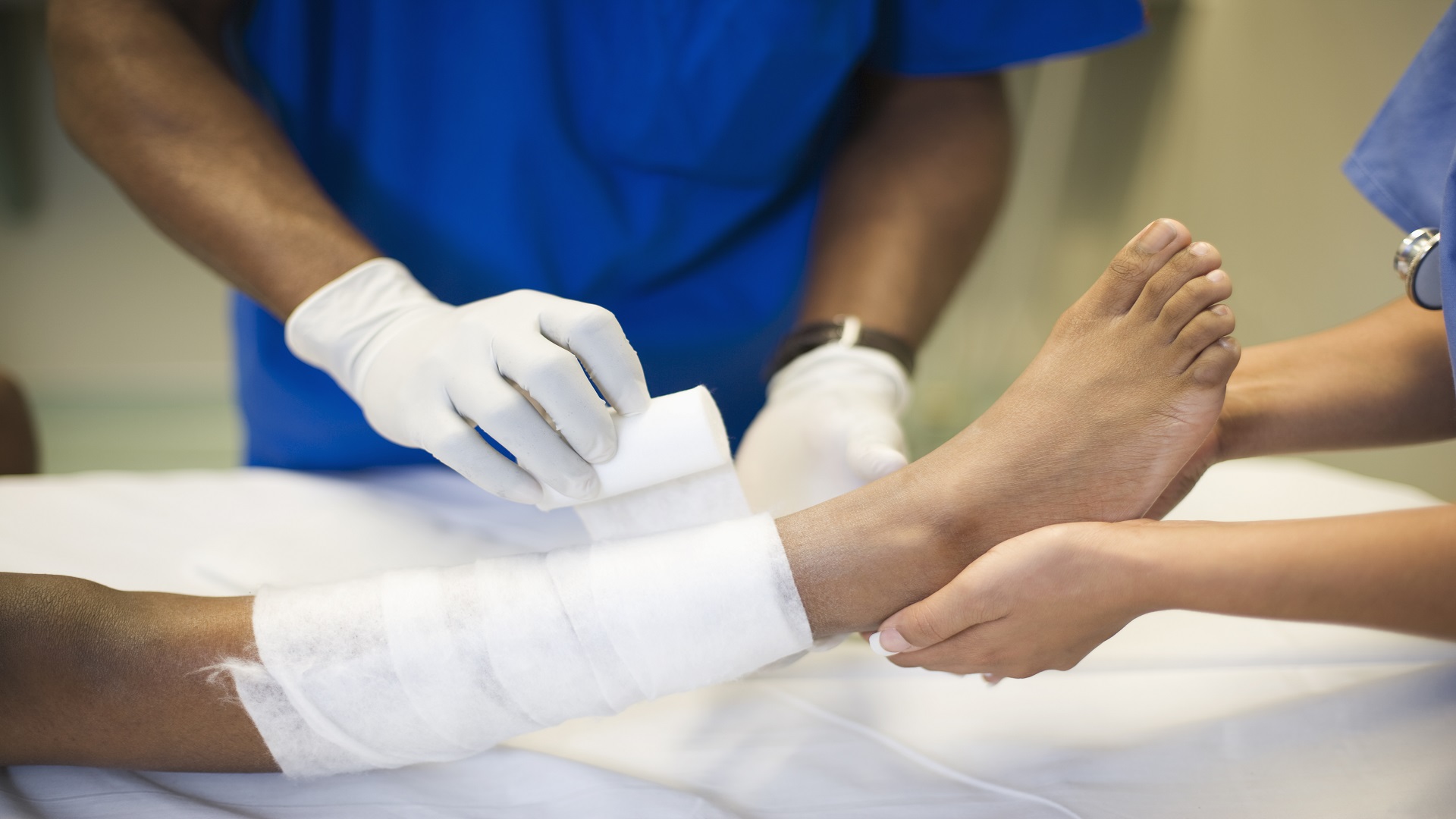
What is the cost of the procedure for plates and screws?
Get ready for permanent and amazing results with the plates and screws installation procedures at Dr. Amro Amal’s clinic. We are committed to meeting your individual needs and achieving optimal results.
The process of installing plates and screws is characterized as being low-cost, catering to a large number of people. The cost depends on the type of screws and plates used, as well as the method the doctor follows in installing the plates and screws, the condition of the fracture, and the difficulty of completing the procedure steps.
The final cost varies depending on the doctor’s experience, the level of the hospital where the patient stays, and its commitment to providing health care and cleanliness and sterilization services.
Importance of Installing Plates and Screws
Installing plates and screws helps ensure the quick healing of the fracture and keeps it stable in its correct place until the healing and recovery process is completed in the shortest time. It allows the person with the fracture to return to their normal life and daily activities in less time and ensures a quick recovery without affecting the person’s function afterwards.
Tools Used in the Plates and Screws Procedure
There are three types commonly used in the plates and screws installation procedure, which include plates, screws, and prosthetics. We will learn about some details of each type as follows:
Screws: The screws may closely resemble the bolts used in computer devices, featuring a flat head or a Philips head. They may be used in areas that have been damaged to tighten them, such as the rotator cuff, and also to repair broken bones or restore stability in a certain weak area.
Prosthetics: The doctor uses a set of implanted orthopedic devices that are used to replace missing joints or bones or to provide full support to damaged bones. They are widely used in hips and knees, allowing the patient to regain the full range of motion without pain in a short period.
Plates: There are five types of plates, and they are considered one of the best therapeutic methods in case of fractures and bone reconstruction and restoring their stability again.
Reasons for Resorting to the Plates and Screws Procedure
There are many reasons that lead a doctor to opt for the plates and screws procedure, including the following:
- Cases with severe fractures containing bone fragments and numerous shards, which require cleaning and removal of these damaged parts. Then, the bone is stabilized through surgery for proper healing and fusion.
- If the fracture is unstable, the ideal solution for the doctor is to perform surgery and do internal fixation of the bones until they heal.
- In cases where the fracture is near a joint and there is a possibility that the joint may also be damaged.
- If the fracture is a result of a severe accident, indicating the severity of the fracture, accompanied by complications that cannot be treated by any other method except surgery.
- When the fracture also affects blood vessels, ligaments, and muscles, necessitating surgery to repair the situation.
Steps of the Plates and Screws Procedure
The plates and screws procedure is carried out by following some organized steps, which are as follows:
- The doctor anesthetizes the patient in a way that suits their condition so that there is no risk to their life. Usually, it involves general anesthesia.
- Then, the doctor makes a surgical incision that matches the external surface of the skin, then goes deeper until reaching the broken bones.
- The doctor thoroughly cleans and sterilizes the wound and the surrounding area, and then uses the plates and screws that match the type of fracture.
- The doctor secures the broken bones well internally, then sterilizes the wound and begins to apply the dressing from the inside out to the external surface of the skin, using a specific technique so that the dressing is not apparent and clear.
- After completing these steps, the patient is moved to the recovery room and then to a regular room. During this period, an external support is installed to ensure that no complications occur in the procedure during the patient’s movement.
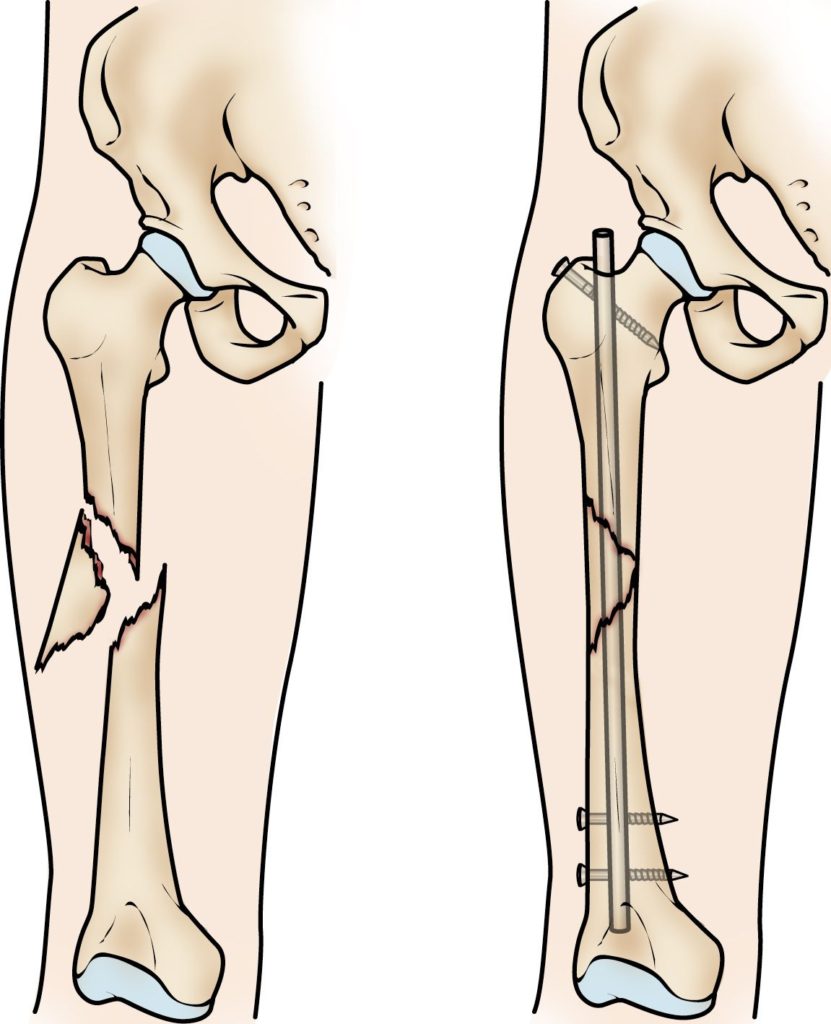
Pain from Plates and Screws
Discover the new improvements and innovations in installing plates and screws at Dr. Amro Amal’s clinic. We provide modern techniques and high-quality materials to ensure the stability and aesthetic of the treatment.
Typically, patients do not feel pain from the plates and screws themselves, but the pain they experience is due to the surgical incision made by the doctor during the procedure. This pain gradually decreases if the patient follows the doctor’s instructions, takes a course of antibiotics, anti-inflammatory drugs, pain relievers, and works on reducing the pressure on the injured part.
Post Plates and Screws Procedure
Dr. Amro Amal, an orthopedic and joint surgery consultant at Ain Shams University, gives some instructions and advice for patients who have undergone the plates and screws procedure:
- The patient must maintain the integrity of the wound, keeping it dry and clean, and avoid bathing or letting water reach the dressing until the wound is completely healed, which may take two weeks or more as determined by the doctor.
- The patient should use crutches during movement to help reduce the pressure on the injured part.
- It is essential for the patient to eat a healthy balanced diet and not to gain weight to accelerate the healing and recovery process.
- Avoid moving the bones with fractures to prevent pain later.
- It is important for the patient to consult the doctor if they experience an increase in body temperature, redness, swelling, or discharge of pus from the site of the plates and screws.
- Ensure to consult the doctor before starting any work or returning to various sports activities.
- Regular follow-up with the specialist doctor and knowing the appointment for removing the plates and screws.
Appropriate Timing for Removing Plates and Screws
Usually, the plates and screws installed for fixing fractures are designed to stay in the body for a long time, possibly for a lifetime. However, there are some cases where the doctor may need to remove the plates and screws, which include the following situations:
- If the plates and screws do not provide significant beneficial effects after installation because the condition did not require them.
- If the doctor finds that the plates and screws used are defective, leading to their breakage due to the use of poor-quality material in manufacturing. This makes them more prone to breakage, especially if there is excessive load on the fracture site before complete bone healing. If the plates and screws break, it means that the fracture is not healing at all, which can be clearly seen through regular X-rays of the fracture site.
- If the patient is young, under 18 years old and still in the growth stage, the doctor should remove the plates and screws after a year or a year and a half since the bone is still growing and the screws may bend.
- In cases where the installed plates and screws serve their purpose but cause undesirable side effects, such as the plate entering a joint, affecting the joint’s function, or if the plate is visibly protruding under the skin.
- If the site of the plates and screws installation gets infected, it becomes necessary for the doctor to treat this infection. The doctor may need to remove the plates and screws even if complete healing has not occurred, and look for an alternative that suits the patient’s condition, like using an external fixator or whatever the doctor deems appropriate.
Risks of Plates and Screws
Installing plates and screws in the body is generally safe as they are designed to remain in the patient’s body for life. However, it is essential to take the necessary precautions to speed up the healing and recovery period and prevent complications that may appear after installation, which include:
- The patient feeling continuous pain that may increase over time.
- The possibility of the fractured part getting infected.
- Irritation caused by the metals used in making the screws.
- The plates and screws possibly causing excessive pressure on the injured part.
- An increase in the patient’s body temperature.
- Problems in the growing skeletal structure, especially in children.
The occurrence of these issues may lead the doctor to remove the plates and screws used in fixing broken bones, after which the patient feels relief and gets rid of the pain.
How Long Does the Procedure for Installing Plates and Screws Take?
The duration of the plates and screws installation procedure varies depending on the type and severity of the fracture suffered by the patient. This also depends on the experience, skill, and competence of the doctor performing the procedure. The more experienced and skilled the doctor, the less time is typically needed, but in most cases, the operation only takes a few hours.
How Long Does It Take for the Bone to Heal After the Plates and Screws Procedure?
A patient who undergoes the plates and screws procedure needs at least two months for complete healing of the fracture and to be able to return to various activities and normal life. Collaborate with a specialized and experienced team at Dr. Amro Amal’s clinic for installing plates and screws. We use modern techniques and ensure comfort and high-quality treatment.
Can a Bone Plate Remain in the Body for a Lifetime Without Causing Harm?
Yes, it is possible for a bone plate to stay in the patient’s body for a long period, perhaps even a lifetime, without causing any harm. They are designed to last for long periods and potentially for a lifetime. As long as the patient does not feel any pain while it is in place or does not complain of any serious medical condition that requires its removal, it remains very naturally.
Dietary and Exercise Tips After the Plates and Screws Procedure
The patient should pay attention to diet and exercise during the recovery period after undergoing the plates and screws procedure for the following reasons:
- Following a healthy diet helps the patient speed up the healing and recovery process and reduces the risk of infection.
- It is important for the patient to avoid strenuous exercises as they increase the pressure on the fracture site, which delays healing and recovery.
- The patient should adjust their activity level, reducing it until the doctor advises that it is safe to resume normal activities they were doing.
- If the patient feels pain or discomfort, they should refrain from the activities they are doing until they feel a noticeable improvement.

Best Doctor for Plates and Screws Procedure
Today we have with us Dr. Amro Amal, one of the best orthopedic doctors in Egypt, known for his skill and competence in performing plates and screws installation surgeries. He has many years of experience in conducting this type of surgery. Dr. Amro is well-reputed and widely recognized among many patients for his excellent approach in dealing with them, his dedication to the patient’s welfare, choosing the appropriate treatment method, and providing the best medical care. He strives to use modern techniques and methods that suit the patient’s condition and help accelerate their healing and recovery in the shortest possible time.
Types of Bone Plates and Screws Installation
There are several types of plates and screws used for fixing broken bones, which we will learn about as follows:
- The medical metal type, but this type requires another surgical procedure for removal after the doctor confirms complete recovery and healing of the fracture.
- Another type is made of dissolvable materials.
- There are also intramedullary screws, which are implanted in the bone marrow area and are particularly suitable for fractures in the leg and thigh areas.
Plates and screws also differ in terms of quality, not just shape or use, and thus the matter depends on the doctor’s opinion and what they see as suitable for the patient’s condition, choosing the most appropriate for them based on their situation. There are types suitable for young people but not for the elderly, and the matter also depends on the type and severity of the fracture. If you want more details regarding the prices of medical plates and screws and their different types, click here.

